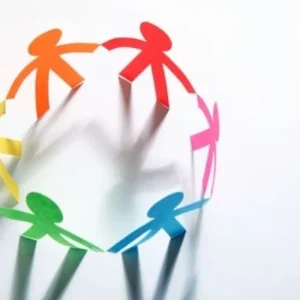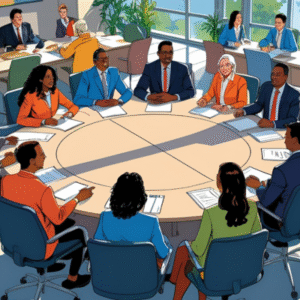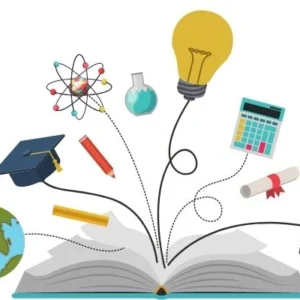In Madagascar’s southern Androy and Anosy regions, communities face extreme socio-economic and environmental hardship. Limited employment opportunities, coupled with chronic drought and windstorms like the locally known Tiomena, have left residents vulnerable. Agriculture, livestock, and livelihoods have suffered severe losses, placing ongoing pressure on food security and community resilience.
To address these issues, the Government of Madagascar launched the MIONJO Project in December 2020, with financial support from the World Bank. Led by the Ministry of the Interior and Decentralization, in coordination with the Ministries of Land Planning and Environment, the project is strategically aligned with national development goals and climate change commitments. With a budget of $188 million—including $11.4 million dedicated to green infrastructure—the project aims to improve infrastructure access, strengthen livelihoods, enhance governance (particularly for youth and women), and bolster emergency response mechanisms.
One major component of the project focuses on resilient landscape development through green infrastructure. Implemented with partners like Catholic Relief Services (CRS) Madagascar, this part of the project uses a cash-for-work model to address immediate income needs while supporting environmental restoration. Participants not only earn wages but also receive financial literacy training and access to savings groups, allowing them to launch small businesses and build long-term resilience.
Stories from community members show the project’s transformative impact. Marchetine, a mother of five, used her earnings from cash-for-work activities to start a grocery shop, improve her home, and send her children to school. Her once-barren farmland now yields crops at five times its previous productivity. Similarly, Tsiombota, a fisherman, saved enough to buy his own fishing net after participating in land rehabilitation work. He plans to buy a canoe and expand his business with help from a local savings group introduced by the project.
Beyond individual success stories, MIONJO has led to widespread environmental recovery. In villages once plagued by sand encroachment, residents mobilized to plant native species like laloasy, lalanda, and mozotse to stabilize soil and reclaim farmland. These efforts have halted dune advancement and revived cultivation. Village leaders, like Chief Botoasa of Ankilimiary, have noted a renewed sense of hope as the environment begins to recover.
In April 2025, the project scaled up its work in Androy and Anosy, expanding reforestation and dune stabilization efforts. CRS strengthened local financial systems to support savings, credit, and entrepreneurship. The impact has been significant: over 1,020 hectares reforested, 1,094 hectares of dunes stabilized, 100 kilometers of windbreak trees planted, and more than 1.7 million seedlings cultivated in community nurseries.
These achievements reflect more than ecological progress—they represent restored livelihoods, renewed dignity, and resilient communities. By linking immediate relief with long-term development, the MIONJO Project stands as a model of integrated, locally informed, and sustainable intervention.
Through this initiative, the Government of Madagascar, in partnership with the World Bank and CRS, demonstrates its commitment to a future where southern communities can overcome systemic barriers and thrive. The MIONJO Project is not just about survival—it is about enabling people to rebuild their lives with resilience and purpose.







